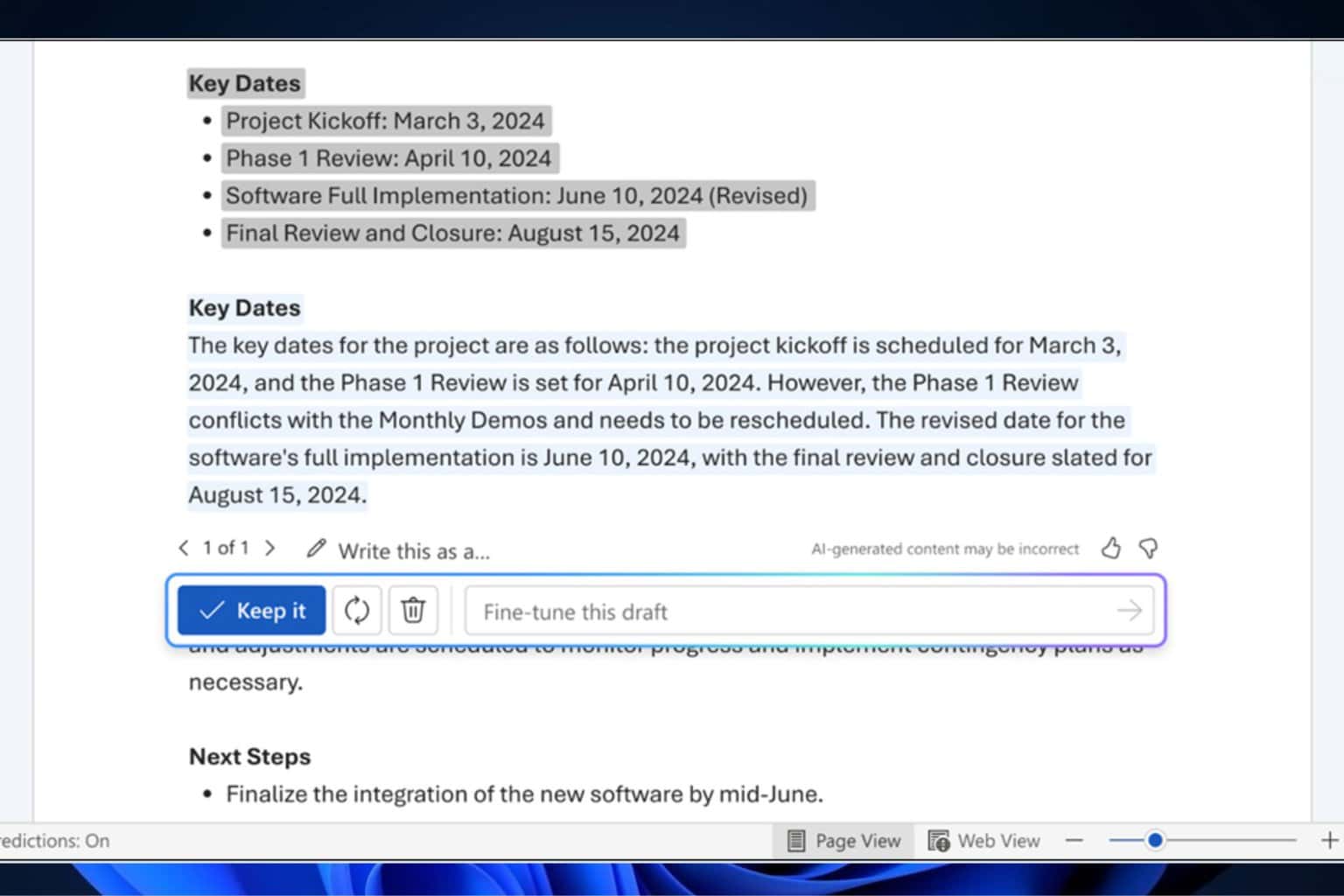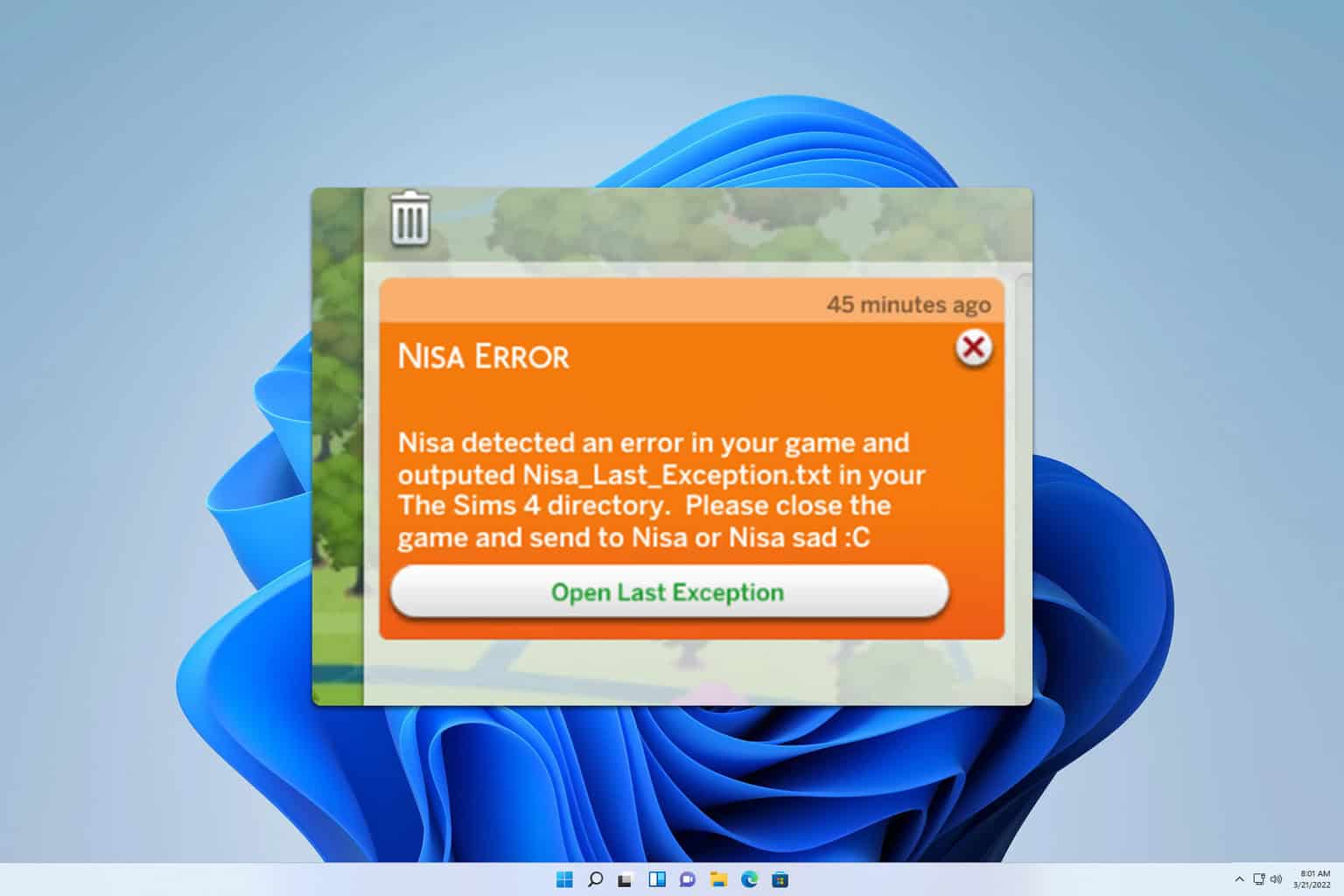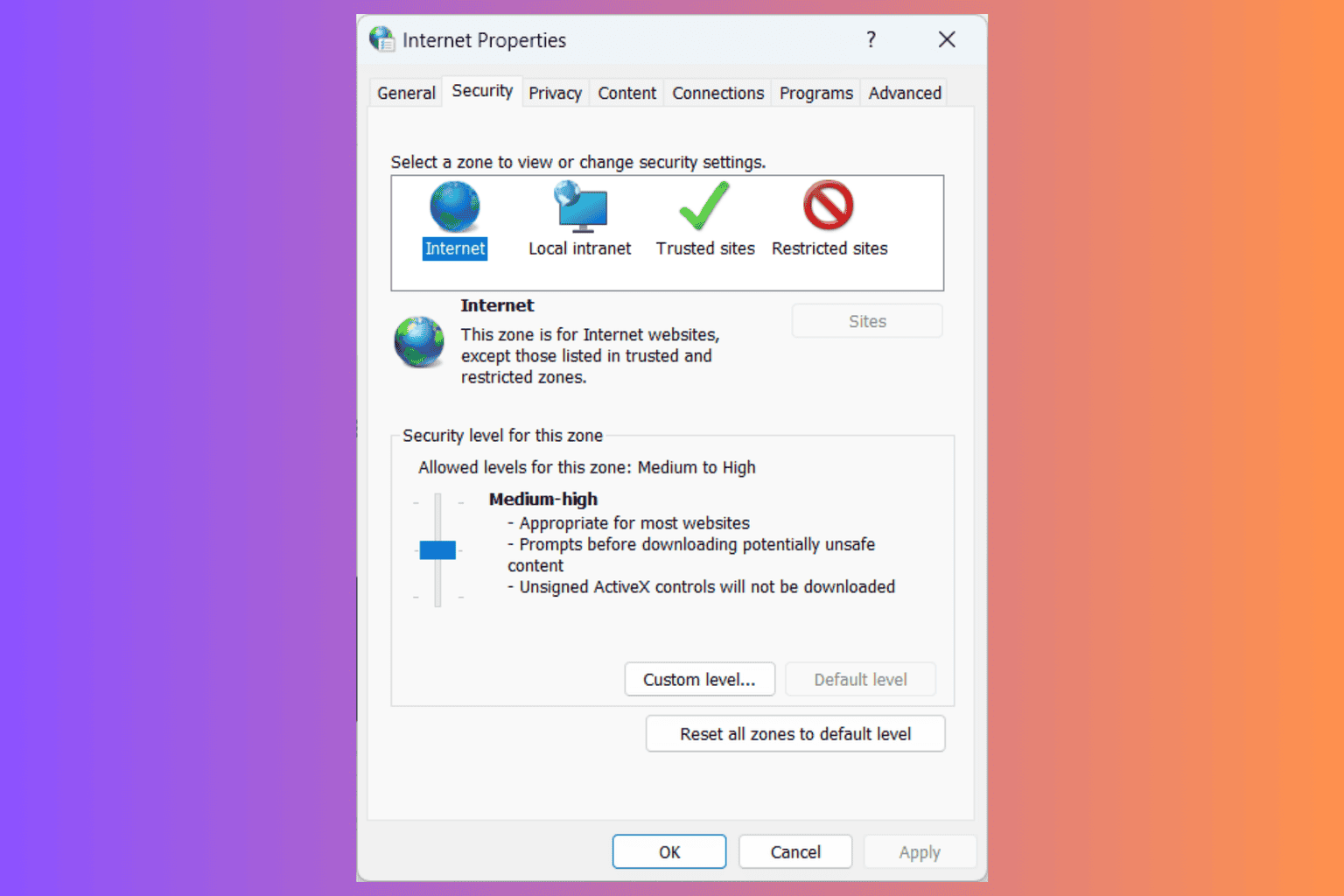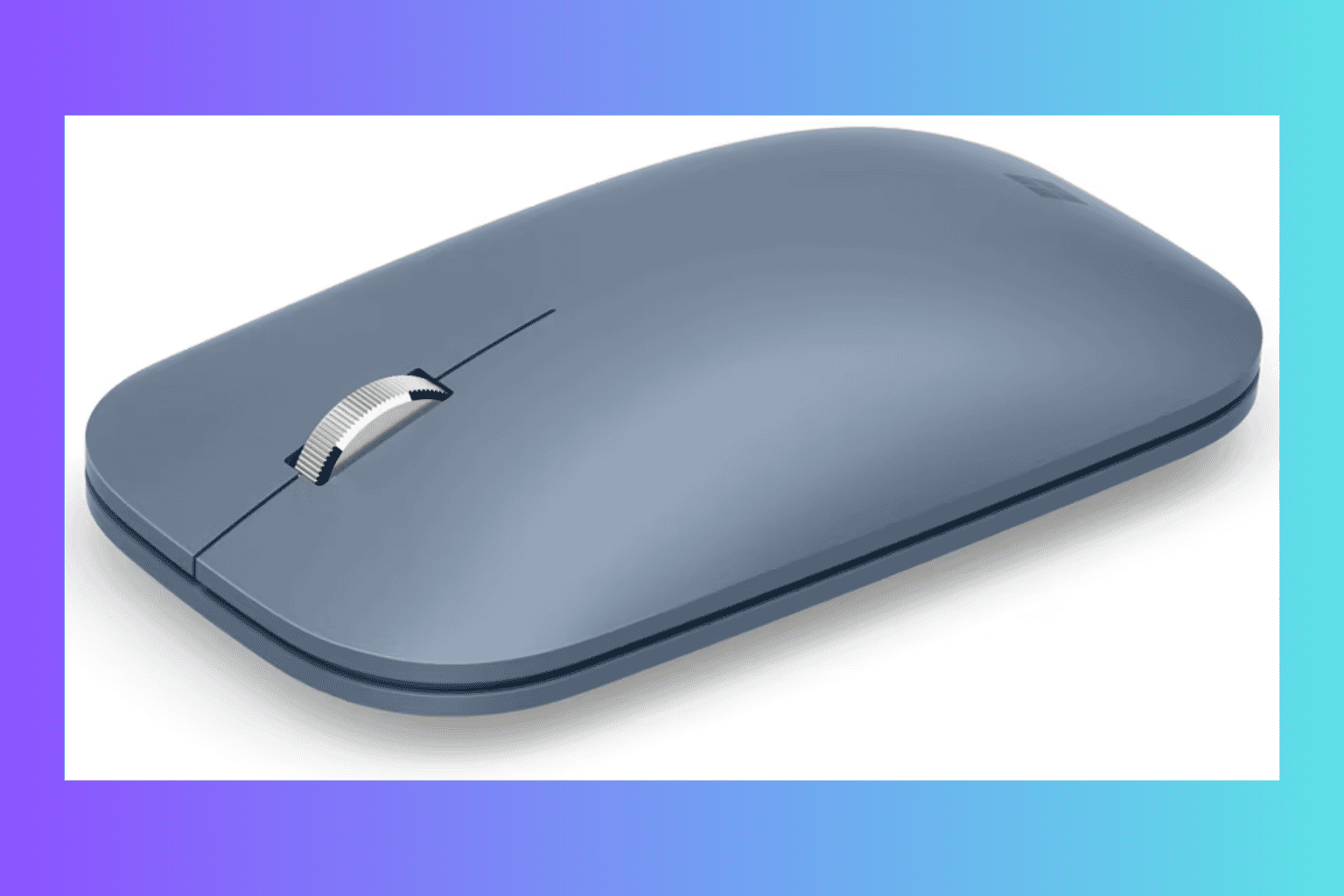KB4025337 and KB4025341 updates come to Windows 7 SP1 and Windows Server 2008 R2
2 min. read
Published on
Read our disclosure page to find out how can you help Windows Report sustain the editorial team Read more

Microsoft released the security updates and the monthly rollup for Windows 7 SP1 and Windows Server 2008 R2 SP1 on July 11.
KB4025337 (Security-only update)
This security update includes quality improvements, and no new operating system features have been included in it. The main changes include security updates for Microsoft Graphics Component, Windows Search, Windows kernel-mode drivers, Windows Virtualization, Windows Server, Windows Storage and File Systems, Datacenter Networking, Windows shell, ASP.NET, Microsoft PowerShell, Windows kernel, and Microsoft NTFS.
After admins install the security updates for CVE-2017-8563, they have to set the registry key LdapEnforceChannelBinding to enable the fix for the CVE.
Microsoft is not currently aware of any problems with this update. If you want to get standalone for this update, you have to go to the Microsoft Update Catalog website.
KB4025341 (Monthly Rollup)
This security update features fixes and improvements that were included in update KB4025341 which was released on June 27. The update addresses the following issues:
It fixed the problem which was called out in KB4022168 where the Internet Explorer 11 may close unexpectedly when you go to certain websites.
It offers security updates for Microsoft Graphics Component, Windows Search, Windows Virtualization, Windows Storage and File Systems, Datacenter Networking, Windows Server, Windows kernel, Microsoft PowerShell, Windows shell, Internet Explorer 11, Microsoft NTFS, Windows kernel-mode drivers, and ASP.NET.
After admins install the security updates for CVE-2017-8563, admins have to set the registry key LdapEnforceChannelBinding to enable the fix for the CVE.
Microsoft is not currently aware of any problems with this update. If you want to get the standalone for this update, you have to go to the Microsoft Update Catalog website. Otherwise, the update will be downloaded and installed automatically from Windows Update.
RELATED STORIES TO CHECK OUT:








